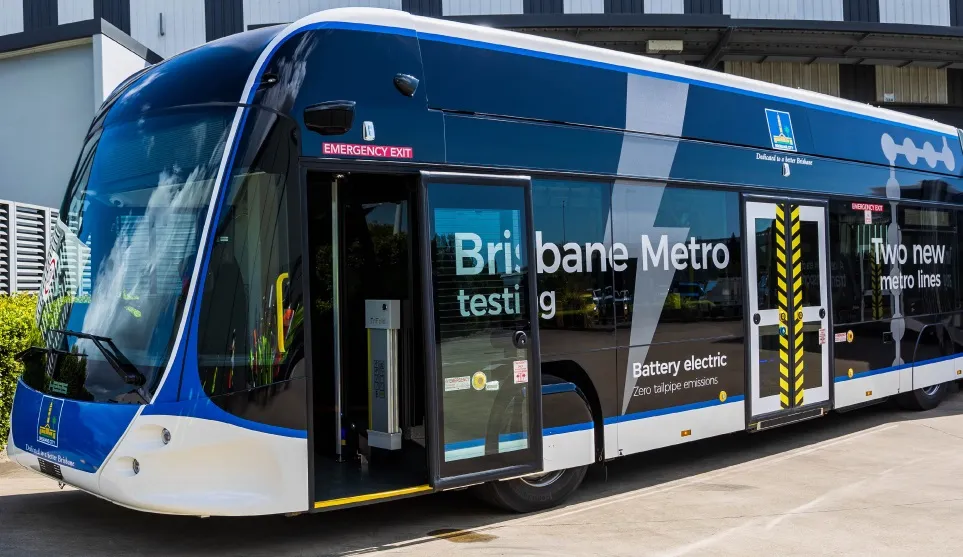Spain-headquartered Indra has implemented the Centro Único de Coordinación y Control de Emergencias (CUCC) in Buenos Aires, Brazil, claiming it is the first centre of its kind in Latin America. The concept of the centre is based on the Integrated Centre of Security and Emergency (CISEM), also created by Indra for the regional government of Madrid in 2007. Indra’s technology will allow integrated management of incoming emergency calls and the coordination of responses by the relevant bodies for civil emergen
March 23, 2012
Read time: 2 mins
RSSSpain-headquartered 509 Indra has implemented the Centro Único de Coordinación y Control de Emergencias (CUCC) in Buenos Aires, Brazil, claiming it is the first centre of its kind in Latin America. The concept of the centre is based on the Integrated Centre of Security and Emergency (CISEM), also created by Indra for the regional government of Madrid in 2007.
Indra’s technology will allow integrated management of incoming emergency calls and the coordination of responses by the relevant bodies for civil emergencies, security incidents, medical emergencies, and traffic and transport control to facilitiate a comprehensive and coordinated response in case of emergencies or security incidents in one of the largest cities of the continent. Indra says its solution combines in a single platform new integrated applications such as warning systems, coordination, control, response, dispatch and resource followup.
The new centre has a control room with capacity for 65 operators, crisis room, technical room, offices and auxiliary rooms. The company has installed a backup centre located 10 km away to guarantee system performance in the event of general failure of the main centre. Meanwhile, there are two mobile units, the Centros de Operaciones de Emergencia (COE) where the vehicles have satellite and other communications to extend the physical reach of the centre to the site of major incidents where required.
Indra’s technology will allow integrated management of incoming emergency calls and the coordination of responses by the relevant bodies for civil emergencies, security incidents, medical emergencies, and traffic and transport control to facilitiate a comprehensive and coordinated response in case of emergencies or security incidents in one of the largest cities of the continent. Indra says its solution combines in a single platform new integrated applications such as warning systems, coordination, control, response, dispatch and resource followup.
The new centre has a control room with capacity for 65 operators, crisis room, technical room, offices and auxiliary rooms. The company has installed a backup centre located 10 km away to guarantee system performance in the event of general failure of the main centre. Meanwhile, there are two mobile units, the Centros de Operaciones de Emergencia (COE) where the vehicles have satellite and other communications to extend the physical reach of the centre to the site of major incidents where required.








